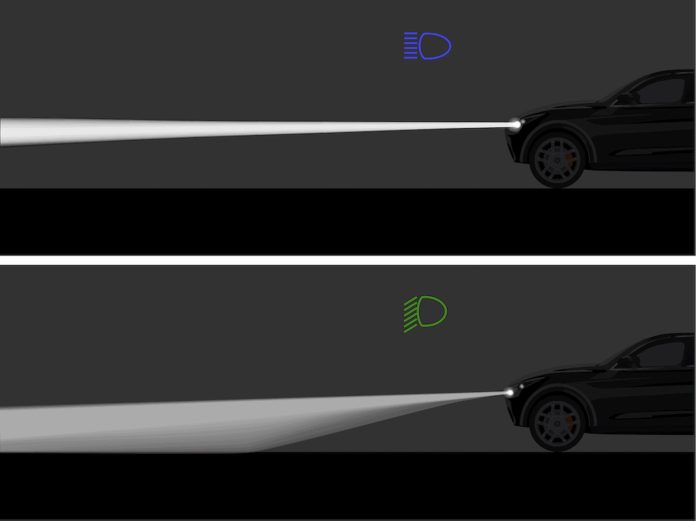High beam lights on a car are meant to help drivers see farther down the road and increase visibility in very dark conditions. However, there are specific instances when you should not use high-beam lights:

PC: quora
1. Oncoming Traffic:
- Never use high beams when there is oncoming traffic. High beams can dazzle other drivers and impair their vision, creating a dangerous situation.
2. Following Another Vehicle:
- If you are following another vehicle, avoid using high beams as they can be blinding to drivers when viewed in the rear-view mirror.
3. In Fog, Rain, Snow, or Dust:
- High beams can reflect off precipitation or dust and reduce visibility rather than improve it.
4. In Well-lit Areas:
- In urban areas or roads with streetlights, high beams are usually unnecessary and can disturb other road users and residents.
5. In Heavy Traffic:
- When driving in heavy traffic, where cars are nearby, it’s considerate and often legally required to use low beams to avoid dazzling other drivers.
6. Near Pedestrians or Cyclists:
- High beams can also dazzle and blind pedestrians and cyclists, creating unsafe conditions.

PC: quora
7. When It’s Not Allowed by Law:
- Some jurisdictions have specific laws about when high beam lights can and cannot be used, such as within certain distances from other vehicles or in specific weather conditions, so it’s essential to be aware of and follow local regulations.
8. While Waiting at Traffic Signals:
- When stationary at traffic lights or junctions, it’s important to use low beams to avoid blinding other road users.
Remember, the primary purpose of high beams is to enhance visibility in low-light conditions where there is no risk of impairing the vision of other road users. Use them judiciously and switch to low beams when encountering other vehicles, pedestrians, and in adverse weather conditions.






